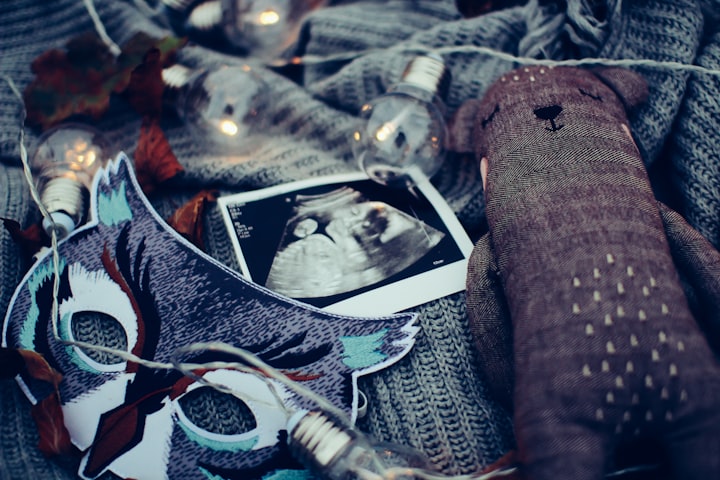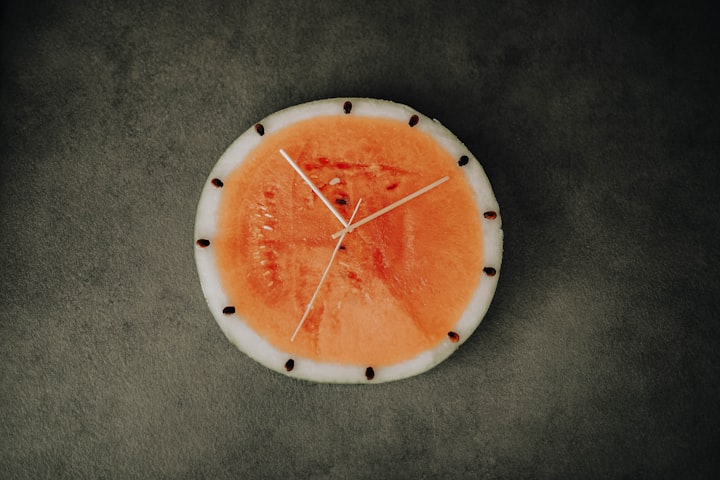Nutrients to Prioritize for Egg Transfers
The nourishment you need for these big medical procedures!

If you’re going through fertility treatments, you might have discussed or be planning an egg transfer – slightly different from an embryo transfer but similar in terms of nourishment! There can be lots of misinformation on how to eat when you’re planning an egg transfer, and this adds to the stress you’re probably already experiencing.
Building a family can be overwhelming enough, and if there’s been medications or injections, specialist appointments and structured schedules to follow, nutrition is one more thing that amps up the intensity. Not to mention the pseudoscience from the fertility space that can promote restrictive eating or harmful food and body practices that definitely don’t improve your chances and just make you feel guilty and unwell.
Keeping these nutrients in mind creates a strong uterine environment for a more successful implantation!
Iron is critical to carry oxygen through the body, via hemoglobin present in red blood cells. If these levels are low, it may be more challenging for the uterine muscles and endometrium to receive oxygen and potentially other nutrients. Protein rich foods like animal meats, eggs, beans and legumes can be a great way to boost your intake, and when paired with a source of vitamin C, the absorption is even greater.
Calcium is often thought of as the bone-building mineral, and that’s not incorrect. Calcium is also powerful in supporting muscle function, and your uterus is essentially a big muscle. Calcium also works along with magnesium and vitamin D to support absorption. Dairy is a great source, however if you’re allergic, intolerant or choosing not to consume animal dairy products, calcium-fortified plant milks, white kidney beans and broccoli can be alternative sources.
Vitamin D is a powerful nutrient, benefitting bone health and the immune system. It’s also thought that vitamin D can help with implantation in the uterine lining, a big and important factor during an egg transfer. It can be tricky to get enough vitamin D from food, and in Canada there’s limited exposure to sunlight between October and April. Some folks might benefit from a vitamin D supplement, but it’s important to chat with a fertility-focused dietitian to make sure you have a dose that is right for you.
Vitamin C is a powerful antioxidant that may fight against radical oxidative stress, which can damage tissues such as the uterine lining. The development of collagen is essential for healthy tissues, and vitamin C helps to support this process effectively. Studies show that it might also reduce the risk of spotting and miscarriage after transfer. It’s pretty easy to get from food – most citrus, strawberries, broccoli and bell pepper are great sources.
Folic acid is essential for development of the neural tube in a fetus, which goes on to become the spinal cord. Folic acid is also heavily involved in interaction with vitamin B12 for blood health – and we like healthy blood for healthy uterine tissues. Supplementation has been associated with higher fertilization rates and lower cycle failure with embryo transfers (but the same principle applies for eggs). Folic acid is common in prenatal supplements but the right dose is important. For folks at a higher risk of miscarriage or neutral tube defects, a higher dose might be more appropriate, but you’ll need to check with your provider.
And finally, unsaturated fats – these are essential for inflammation reduction and embryonic development. There is some research to demonstrate that high saturated fat intake may reduce success throughout fertility treatment, so increasing unsaturated sources (think foods like olive oil, avocados, canola oil, walnuts and flax seed) can be supportive without extreme restriction or dieting.
Need help putting these into place? Let’s chat – you can find me at sayyestonourish.com.
About the Creator
Emily the Period RD
I help people with periods navigate menstrual health education & wellness with a healthy serving of sass (and not an ounce of nutrition pseudoscience).






Comments
There are no comments for this story
Be the first to respond and start the conversation.